Lights Out: Preparing for Power Disruptions
Power outages pose a constant risk of disruption, but technology offers new strategies for reducing the impact.
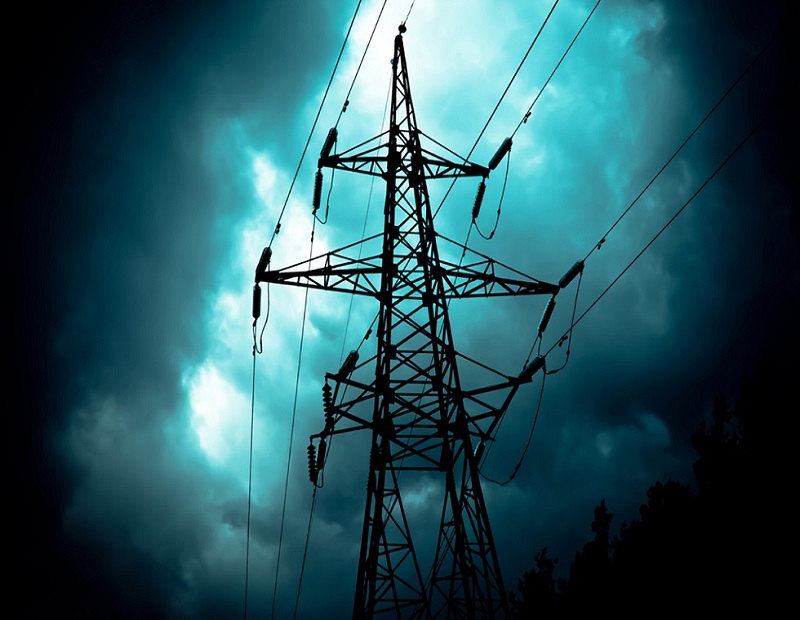
Image courtesy of Southern California Edison
On the evening of Saturday, July 13, the lights went out on a significant portion of Midtown Manhattan. On Broadway, the shows could not go on. Untold thousands of residents and visitors were forced to throw out plans for shopping and entertainment; New York City’s subway system was disrupted for hours. Con Ed, the local utility, eventually reported the cause as a flawed connection at a substation.
Whether caused by a technical issue or by extreme weather, the potential impact of power disruptions must be part of standard planning for commercial property owners and managers. A steady stream of disruptions linked to natural disasters underscores the vulnerability of commercial and multifamily properties. grid infrastructure is highly vulnerable to severe weather.
The growing frequency and intensity storms and floods is an increasing concern, observed Geoff Oxnam, CEO of Easton, Md.-based American Microgrid Solutions. Hurricanes, tornados, earthquakes, ice storms and floods pose a constant threat. In 2015, one quarter of unplanned grid outages in the western U.S. stemmed from environmental variability and extreme weather, concludes a 2017 report from The Johns Hopkins University School of Advanced Studies.
Storm Watch

Image courtesy of Cushman & Wakefield
One factor that will bend the odds in an owner’s favor is a systematic approach to planning for the impact of power outages on commercial properties. “I’ve been in the industry for 25 years, and the first 10 years, a hurricane plan was a document that sat up on a shelf and was rarely used,” said Harry Moseley, senior director, engineering operations for Cushman & Wakefield in Jacksonville, Fla. Best practices have evolved for the better during Mosely’s career. At Cushman & Wakefield Florida, a planning committee meets monthly and makes changes as needed, drawing on lessons from recent events.
Randy Fink, regional manager for property management business with JLL in Atlanta, agrees the industry is focused on preparation for disruptive events. Plans that outline what to do in a variety of different scenarios are particularly valued.
“Importantly, sophisticated owners of real estate put a lot of emphasis on the planning and preparations before an event is imminent,” he said. “For example, smart owners put time into low or no-cost activities like contracting for generator fuel in advance and defining service level expectations for generator support. This preparedness is done throughout the year, not just as hurricane season approaches. Proper preparation in addition to specific scenario planning, helps limit exposure to unavoidable disruptions.”
Cushman & Wakefield has institutional clients with large financial resources who require permanent generators for backup electricity, Moseley says. Smaller owners look to the company to rent generators for their properties on an as-needed basis. The former will restore power instantly, while the latter can do so within 24 hours, he reported.
Table-top exercises, the regular interdisciplinary meetings of the emergency planning team, should take potential power interruptions into consideration. “This habit of practicing emergency response outside of any particular emergency brings the plans to life so they aren’t just wasted paper filed in a drawer,” Mosely said.
High-Tech Help
Another major shift taking place is a transition to distributed generation or Distributed Energy Resources (DERs), said DERs include solar, customer onsite generators including conventional gas generators and combined heat and power systems, wind, customer load reduction/DR programs, battery storage and fuel cells. “Placing DERs close to the end user reduces reliance on transmission or distribution lines,” said Matt Haakenstad, vice president of electric services at Kinect Energy Group.
Technology offers new options for energy resilience strategies.
- Solar plus storage. Among the newer solutions in many states is the coupling of solar and batteries either with conventional generation or on their own. “In many states, these systems can provide not only backup power, but revenue streams, tax credits and other incentives,” Oxnam said.
-
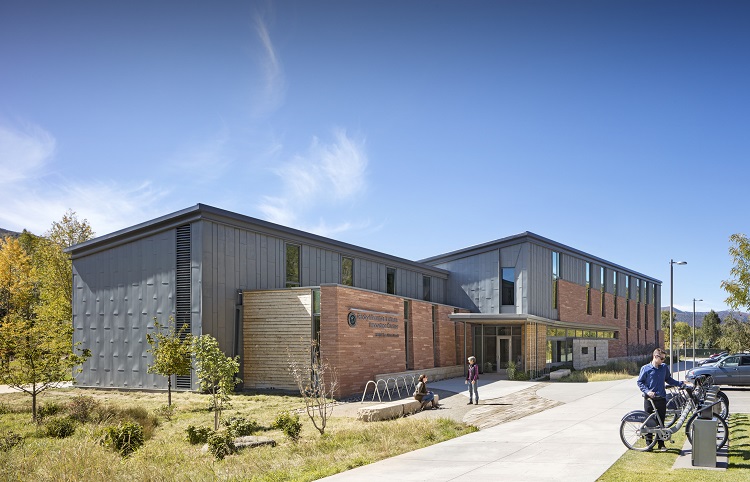
Rocky Mountain Institute Headquarters Photo courtesy of Raul Garcia
Car battery energy. When designing the Rocky Mountain Institute headquarters, a net zero energy office and convening center in Basalt, Colo., ZGF Architects examined the potential for using e-batteries of electric cars tied to the local building as source of energy in case of an disruption, said principal Chris Flint Chatto. “The building is designed so it can be severed from the grid, to protect it from being affected by a gird outage,” he said.
- Microgrids. In campus settings, microgrids coordinate the operation of multiple generation and storage assets with multiple buildings’ needs. They typically include solar, conventional diesel or natural gas generation and battery storage.
- Uninterruptible power systems. For specific critical loads within a facility, such as a server room, specialized power supplies—typically batteries— provide resilient power at a smaller scale and cost, Oxnam said.
- Cogeneration or combined heat and power. Technology advances, along with availability of natural gas and introduction of incentive programs, have made cogeneration increasingly feasible. “These generators provide both electricity and domestic hot water and/or cooling,” Oxnam said. “As long as they have a fuel supply, they keep running.”
- Building energy management systems. Still focused on larger facilities, many of the tools are coming down market and down price, Oxnam reported. “Integration is occasionally a challenge, particularly with older systems,” he said.
As for legacy systems, using diesel, natural gas or propane standby generators remains a common and reliable resilience strategy for many buildings. The low capital costs of such systems must be weighed against non-existent financial benefit during normal operations 99.9 percent of the time. “You only enjoy ROI [in] a power outage,” Oxnam said.
Finally, as part of their planning for major weather events, Matterport photorealistic 3D capture is emerging an effective way to document contents and conditions of commercial properties under normal operation before a weather disaster takes place. The images can be compared to post-event images to help expedite insurance claims after the storm.



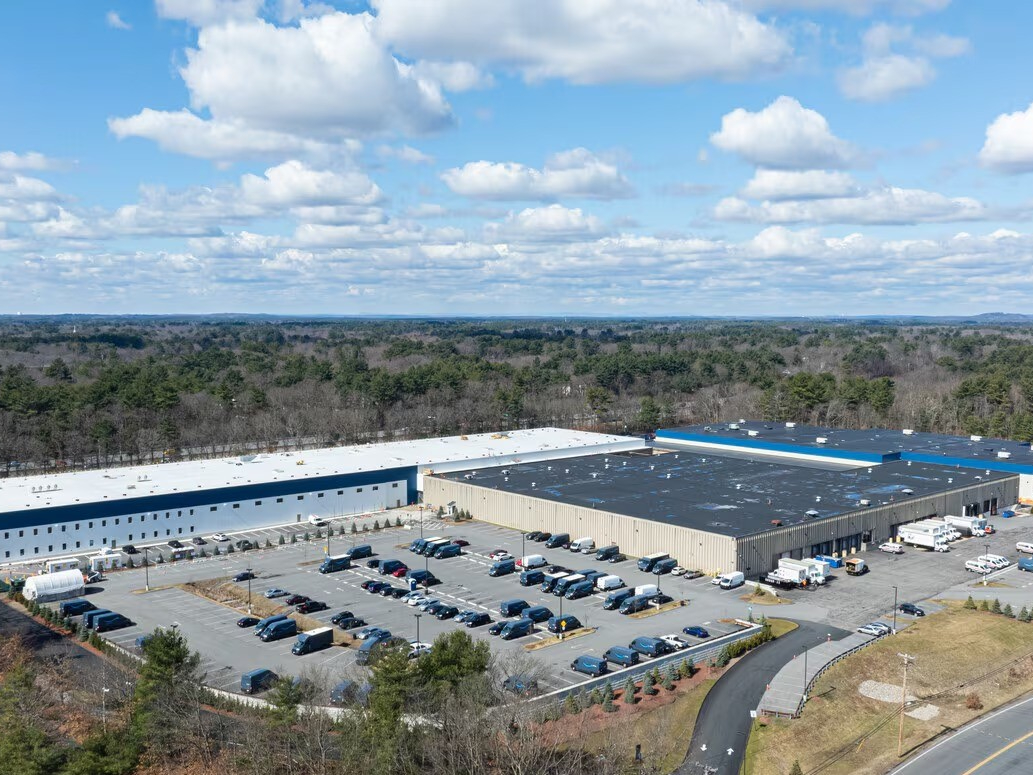
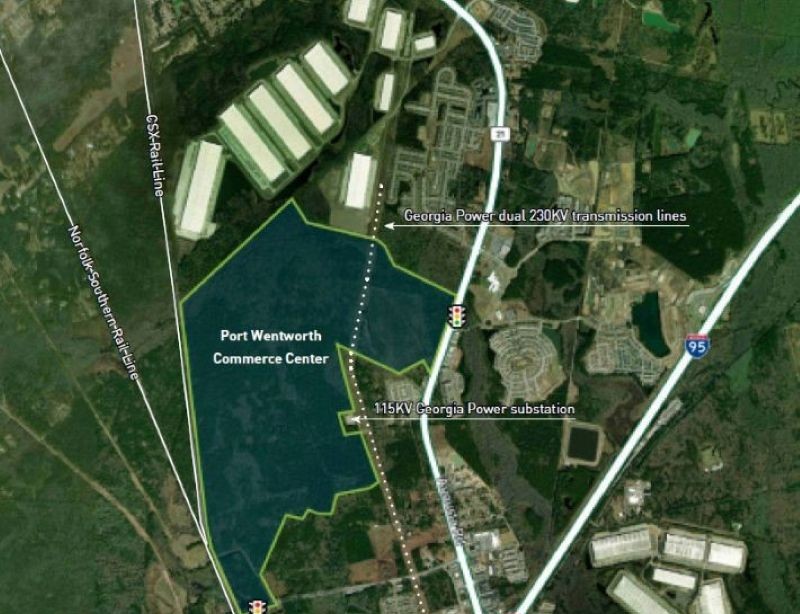

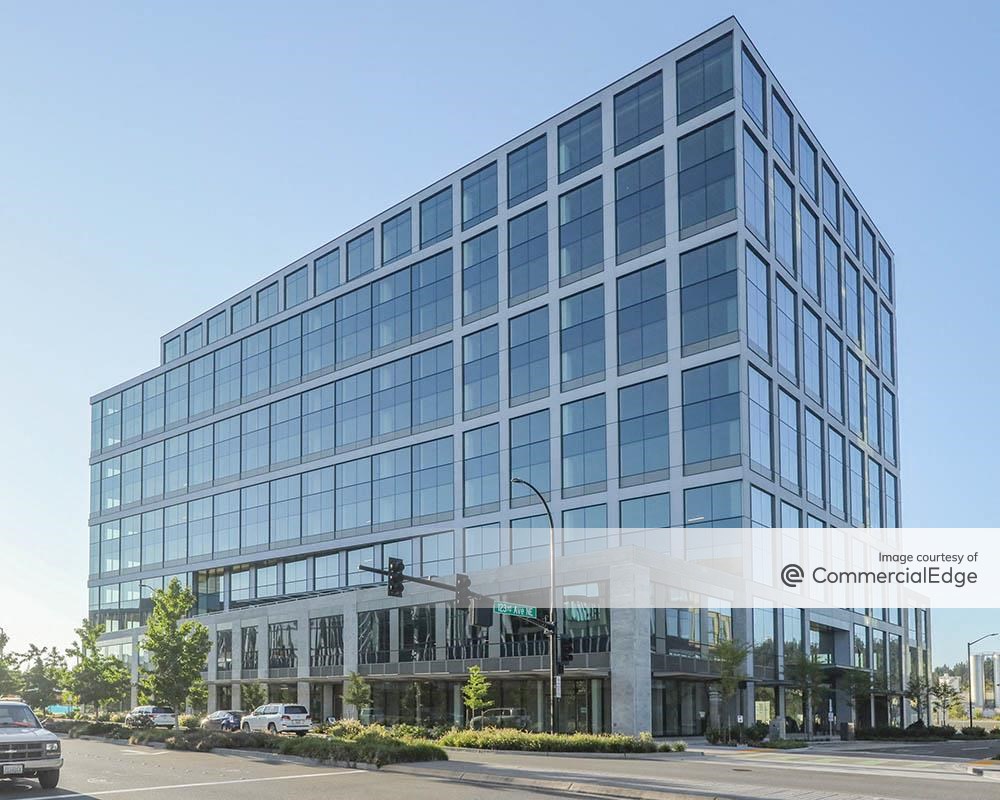
You must be logged in to post a comment.